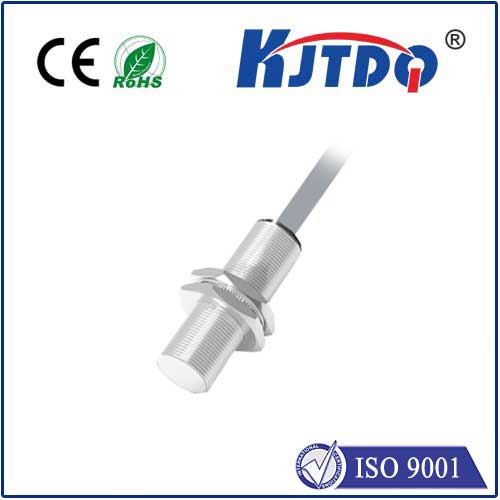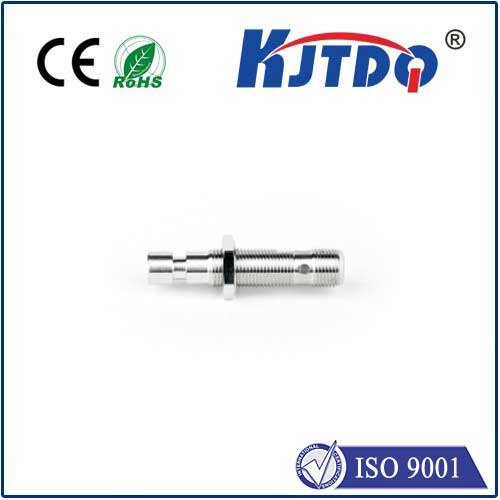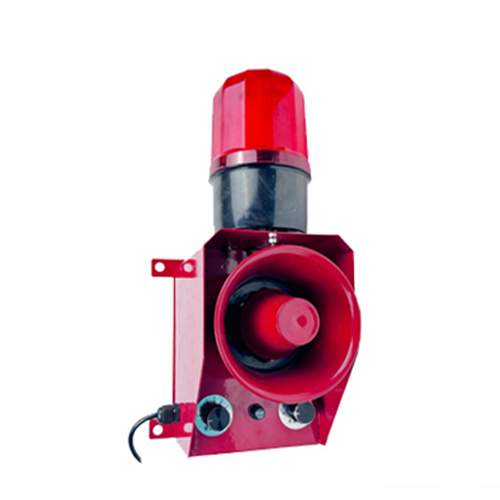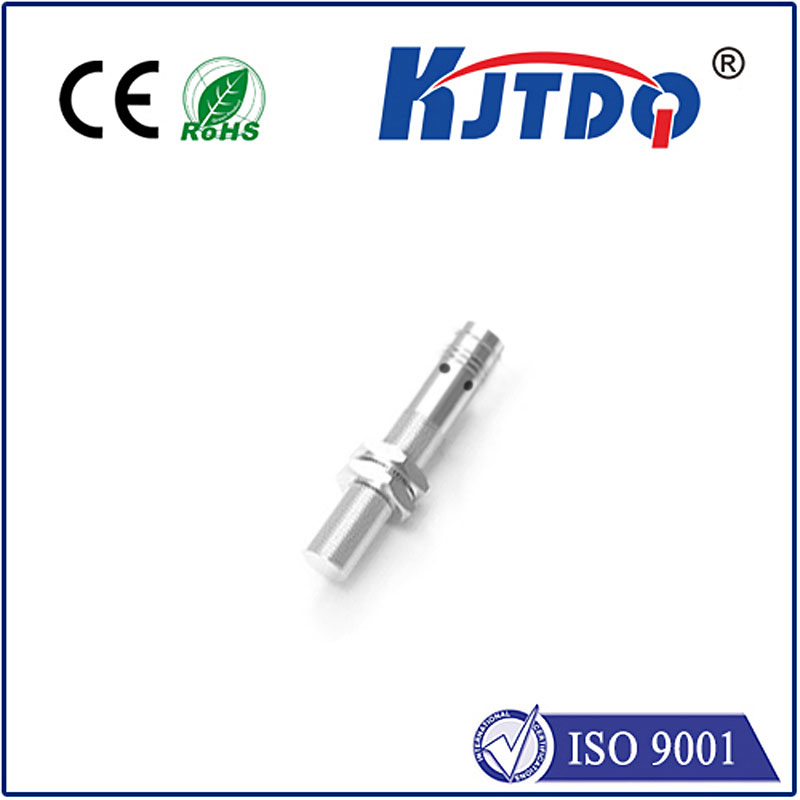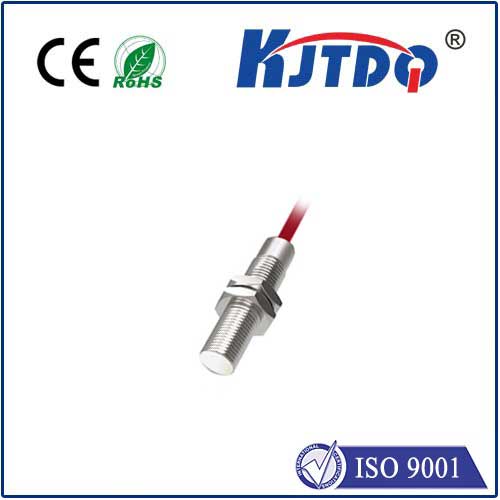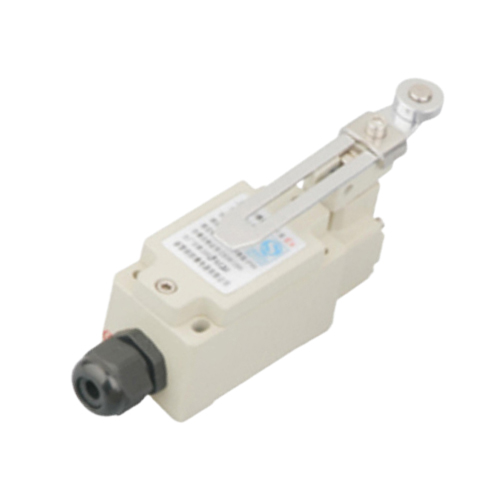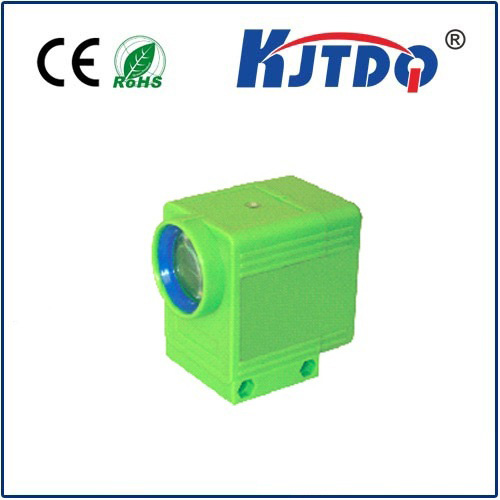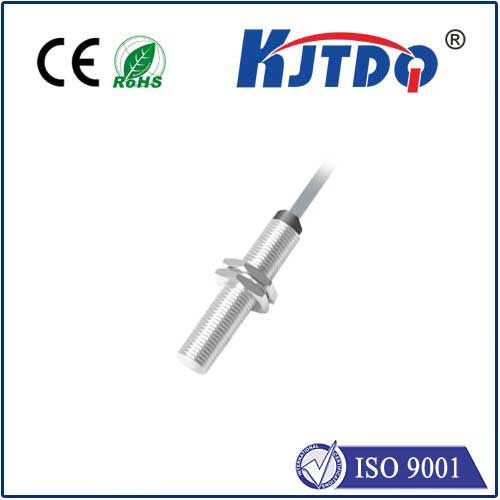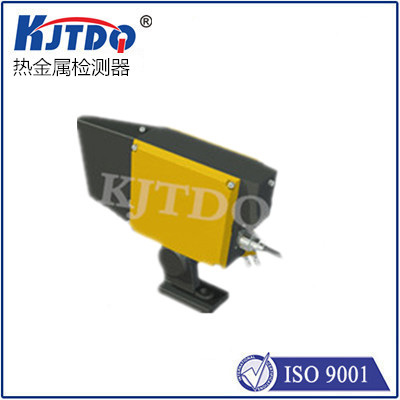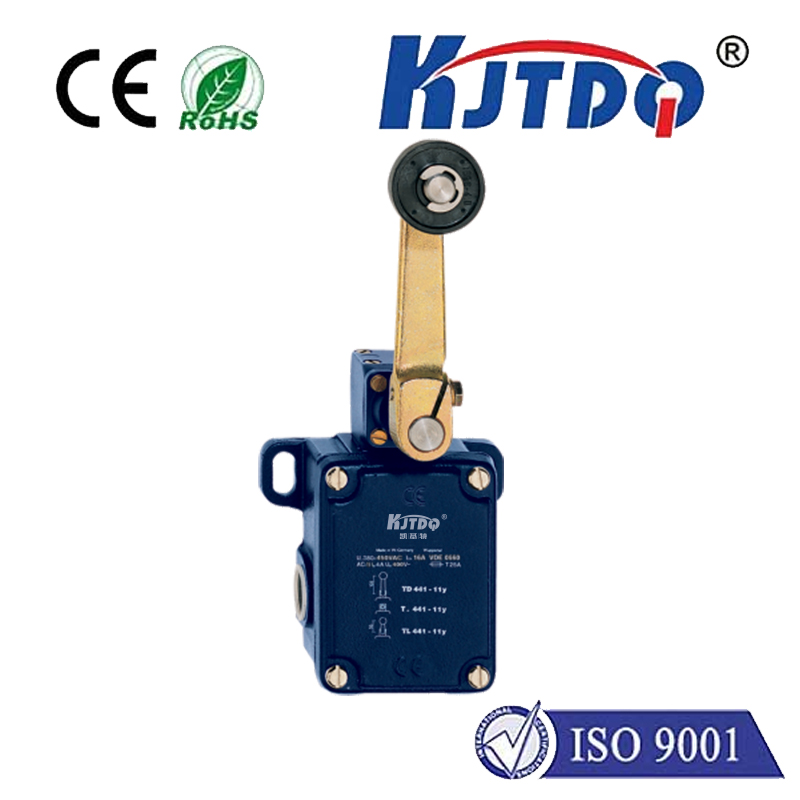

check

check

check

check

check

check

check

check

check

check
A **Nlla Limit Switch**, also known as a Limit Switch, is a mechanical switch designed to detect or restrict the motion of an object within specific positions. This crucial component plays a vital role in ensuring precise control over machinery and systems where accuracy and safety are paramount.
Limit switches operate under a straightforward yet highly effective principle. When an object reaches a predetermined position, the limit switch is triggered. This action sends a signal to either halt further movement or alter the course of the object’s travel. The mechanism behind this operation involves physical contact between the object and the switch, which can come in various forms such as lever, roller, or paddle.
Employing a limit switch like the Nlla model brings significant benefits to industrial processes. It enhances operational precision by ensuring that machines function exactly as programmed, reducing the risk of error. Moreover, it serves as a critical safety feature by preventing machine overtravel, potentially avoiding costly equipment damage and protecting personnel from harm.

The application of limit switches spans across numerous industries, including manufacturing, robotics, automotive, and aerospace. They are integral to automated assembly lines, material handling systems, and any process where machine parts must stop or change direction based on specific conditions. In robotics, for instance, limit switches provide the necessary feedback to robotic arms, ensuring they do not exceed their operational boundaries.
Understanding the role and capabilities of a limit switch is essential for engineers and technicians responsible for designing, maintaining, or troubleshooting mechanical systems. For example, if a system is not functioning as expected, a possible point of investigation could be a malfunctioning limit switch. Technicians must then diagnose whether the switch itself has failed or if the issue lies with its installation or the system's compatibility with the switch.
The importance of regular maintenance cannot be understated in ensuring the reliability of a limit switch. Routine checks include verifying the physical condition of the switch, cleaning it to remove debris that might impede performance, and testing its responsiveness to ensure it triggers at the correct moment. Proper maintenance practices extend the lifespan of the switch and maintain its accuracy.
In conclusion, the Nlla Limit Switch is more than a mere component; it is a fundamental piece of equipment for managing motion in automated systems. Its ability to monitor and control movement with precision makes it an indispensable tool in modern industry, contributing to both efficiency and safety. As technology advances, limit switches like Nlla will continue to evolve, adapting to meet new challenges and enhancing their role in industrial automation.
With this insight into what a Nlla Limit Switch is and does, users and operators alike can better appreciate its significance in their daily work and operations. By understanding its functionality and importance, optimal use and maintenance can be achieved, ensuring that systems run smoothly and safely.
